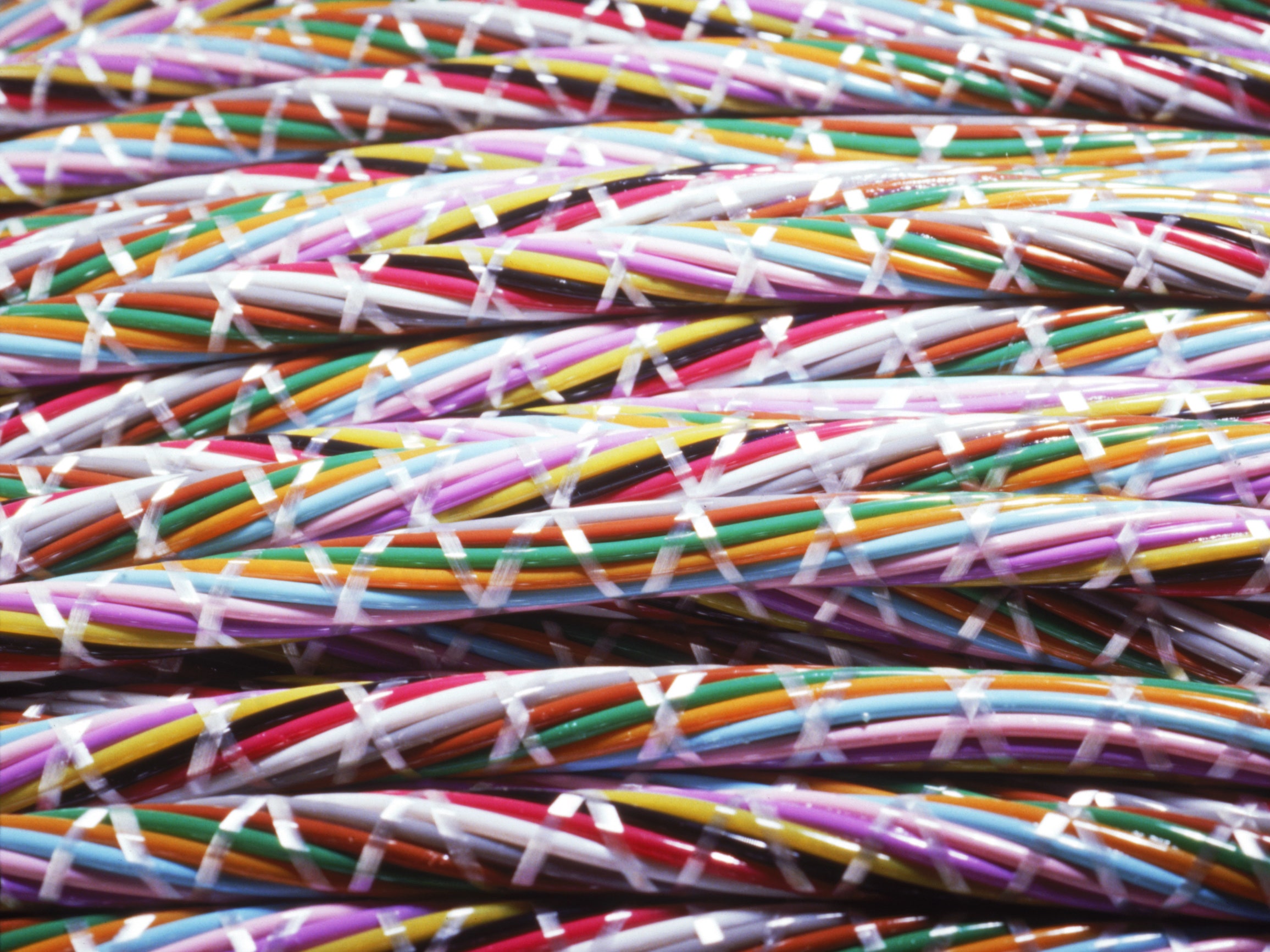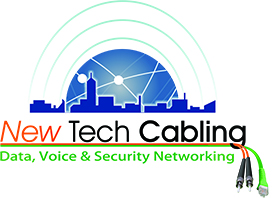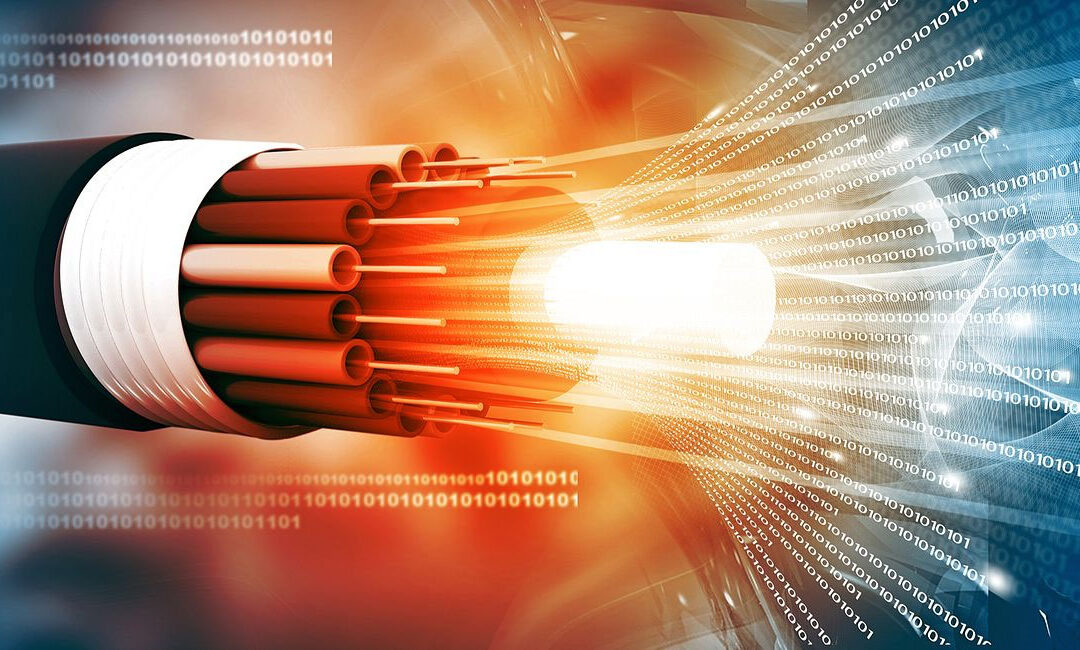When you are building a network that requires long distances, high speeds, and/or heavy bandwidth connections, there is no question: fiber optic cables win the day.
Both fiber optic and standard copper cable types transmit data, but in very different ways. Copper carries electrical pulses along its metal strands. Fiber optics, on the other hand, carry pulses of light along flexible glass threads. This difference often equates to fiber being the best solution for a new or upgraded network, and therefore being worth the heavier up-front investment.
Is it a reasonable investment to switch to fiber optic? Here are four reasons why other IT pros are doing just that:
1. Faster Transmission Speed
The standard way to measure data transmission rates is via bandwidth. These days, it is measured in gigabits of data per second (Gbps), or even terabits per second (Tbps).
Copper-based transmissions currently max out at 40 Gbps, whereas fiber optics can carry data at close to the speed of light. In fact, the bandwidth limits imposed on fiber are primarily theoretical, but have been tested to be measurable in hundreds of terabits per second.
2. Fiber Optic Cables Are Safe From Electromagnetic Interference (EMI)
By its very nature, the electrical signaling in a copper network connection generates a field of interference around the cables. When you have multiple cables running near one another this interference can bleed into the nearby cables, hindering the desired messaging. This is referred to as crosstalk, and can force expensive retransmission of the message, or even pose security risks.
The light transmission in fiber optics does not generate any EMI, so fiber winds up being more secure, and requires less retransmission, ultimately leading toward a stronger ROI.
3. Fiber Optic Cables Are Easier To Manage And Organize
Fiber optic strands are extremely narrow. In fact, they’re measured in microns, or millionths of a meter. The most common fiber optic strand is the same diameter as a human hair. Yet as we’ve seen, they can transmit incredible amounts of data, at much higher speeds, over much longer distances than their less narrow copper counterpart. Fiber optic cables do require protective sheathing, which “fattens” them up to a least two millimeters in width.

A single standard category 6 copper cable is roughly four times that width, and carries a fraction of the data. When you use fiber, it takes up much less space and is more flexible (and therefore easier to manage).
There are additional bonuses to this size reduction in cabling mass: the freed-up space enables better circulation of a data center’s cooled air, makes it easier to access the equipment it’s plugged into, and generally just looks much more aesthetically pleasing.
4. Fiber Optic Cables Will Be Around For A Long Time
Every year the amount of data we consume increases, as do bandwidth requirements. Investing in a modern fiber optic cabling infrastructure will allow your network to operate at future speeds without replacing the cabling.
A solid multifiber backbone in a structured environment will last for years, if not decades, and likely continue to support increasing bandwidth needs. The average lifespan of a copper category specification, on the other hand, is a little over five years.
Also bear in mind that the technologies and equipment that use cabling (switches, signaling optics, servers, etc.) generally tend to decrease in cost as time goes by. It is therefore probable that higher-end connectivity will become even more affordable in the future.


Recent Comments